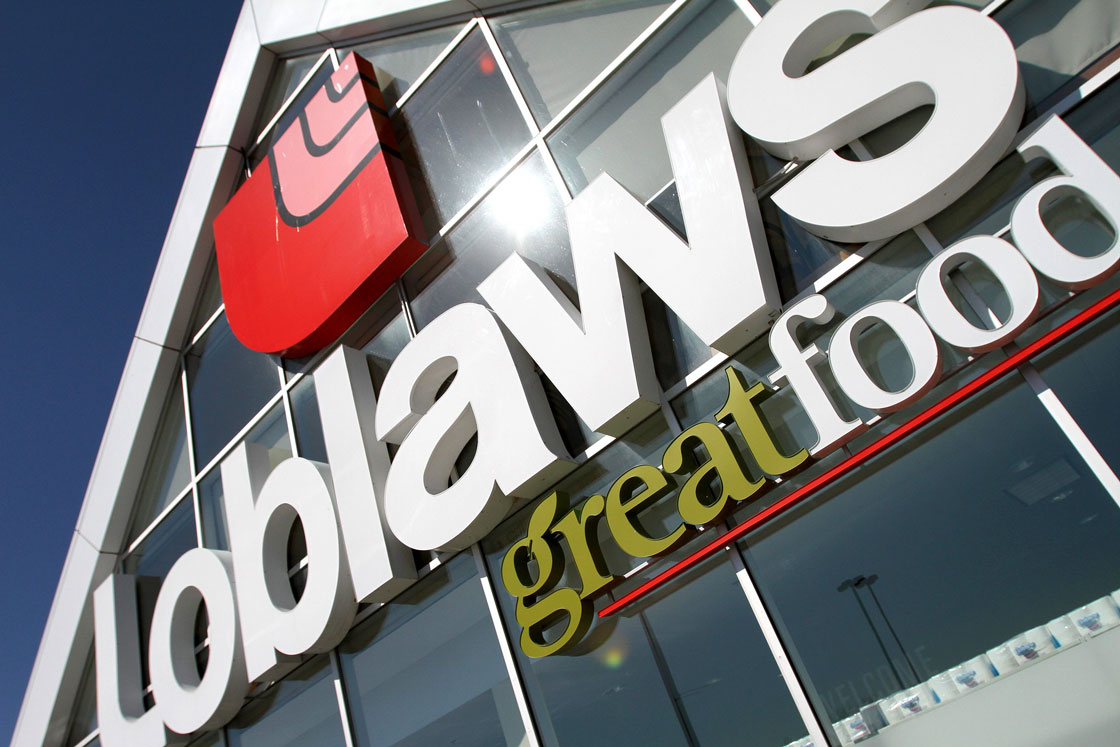Food prices have been marching steadily higher in recent months thanks to a few factors, including climbing fuel prices and the Canadian dollar’s swan dive this year.

Food prices in general were up about three per cent last month compared to June 2013, according to StatsCan, while meat and produce prices have in many cases experienced an outright surge.
A steak bought at a supermarket costs as much as a fifth more than it did last summer, while prices for carrots and onions – onions! – have climbed by double-digits at the checkout.
Still, it could be worse.
Galen Weston, president and executive chairman of Loblaw Cos. Ltd., the country’s biggest grocery store operator, said Thursday Loblaw has absorbed some of the hit delivered by the “big shock” in meat and produce prices.
How much of the hit Loblaw is taking exactly the supermarket giant didn’t say, nor would it for competitive reasons.
The broad rise in most meat, fruit and vegetable prices fanned overall grocery prices higher by 3.2 per cent last month, an acceleration from the 2.5 per cent rise in May, according to Statistics Canada.
Meat and vegetable prices were roughly 10 per cent higher.
Loblaw as well as other Canadian grocers buy a good portion of their fresh foods in U.S. dollars, and with the loonie slipping this year by several cents (to around 93 cents US at the moment), Canadian food prices have gone up.
Beef and pork have also been hit by North American cattle and pig shortages this year as drought and disease have drained livestock levels.
READ MORE: Grilling getting pricey this summer as meat prices surge
- Train goes up in flames while rolling through London, Ont. Here’s what we know
- Wrong remains sent to ‘exhausted’ Canadian family after death on Cuba vacation
- Liberals having ‘very good’ budget talks with NDP, says Freeland
- Budget 2024 failed to spark ‘political reboot’ for Liberals, polling suggests
Loblaw (and almost certainly other grocers as well) is eating a portion of the higher costs, though, as it tries to keep a lid on prices to entice shoppers to keep coming back.
Like the country’s other big grocery chains, Loblaw is feeling significant pressure from bigger U.S. chains Walmart, Target and Costco, all of whom are aggressively expanding their Canadian footprints this year. In less competitive times, Loblaw might not have been as generous, experts say.
Lower prices in the centre aisles
Evidence of the pressures can be found in Loblaws’ dry goods aisles and some bakery items.
While prices are climbing in the sections that surround the supermarket, in the centre aisles (where canned and dry goods reside), prices are actually falling.
A loaf of bread is about one per cent cheaper on average at Canadian grocery stores than a year ago, StatsCan data shows, while coffee and white sugar prices are 5.9 and 8.9 per cent lower, respectively.
Canned apple juice was similarly 1.4 per cent lower in June, according to Statscan’s latest reading on average food prices.
“There’s still deflation in the dry groceries side of the store,” Weston noted on Thursday’s call.
Loblaw, Metro, Sobeys and other Canadian grocers are contending with the bigger and deeper pockets of Walmart and Target, which give the pair far more purchasing power with suppliers.
READ MORE: Grocers look to grind down wages as Walmart, Target take aim
While Loblaw is the biggest food retailer in Canada, Walmart Canada still uses the heft of its enormous U.S. parent to make bulk purchases of items like cereal and cookies, allowing the discount behemoth to sell them here for less. And Loblaw must react.
“It really just reflects the competitive pressures,” Kenric Tyghe, a consumer and retail stock analyst at financial services company Canaccord Genuity, said.




Comments